
You spoke. We listened.
Communicating with you at each stage of the design process, allows us to gain an in-depth understanding of your world, and create products that satisfy your needs.

Developing a unique design brief
We develop and follow a unique design brief for each product design, ensuring it meets your specific requirements and eliminates as many design compromises as possible.
THE SAFEHINGE PRIMERA DESIGN PROCESS
Our two founding directors met whilst studying product design and engineering in Glasgow, where they realised their shared passion for creating products that make peoples’ lives better. Now leading a team of designers, engineers, and product specialists, good design is in our company DNA.
We approach every problem with a blank canvas through our iterative, six-stage design process. And we involve you at every stage – not just a couple, but hundreds. This helps to ensure the outcome not only surpasses your needs but also helps raise the standards of the industries in which we operate.
This product design process has become an integral part of who we are.
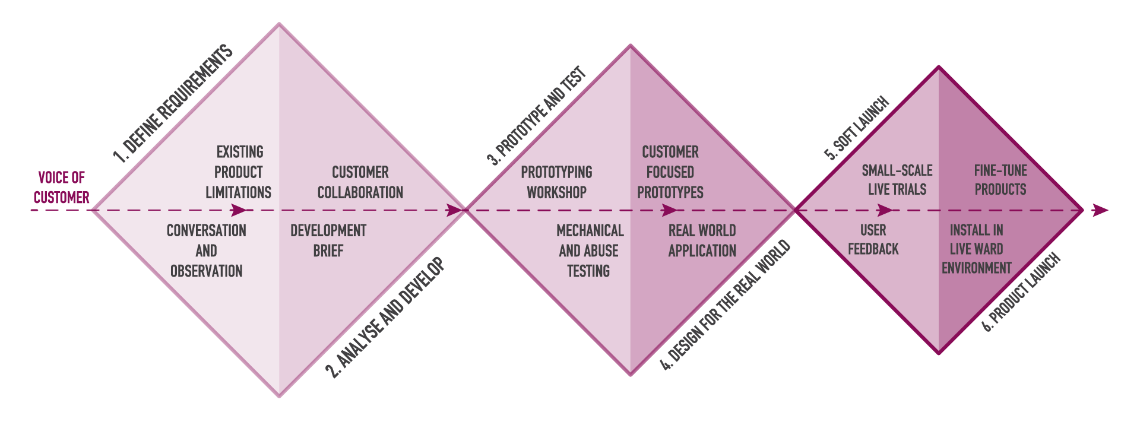
Our design methodology
Having operated in the Mental Health industry for over five years, our comprehensive design process has been fine-tuned, considering the challenging environments in which our products are used and the many conflicting requirements they present.
As a team of design engineers, good design is in our DNA. This means we can develop a thorough design brief for each product before designing anything.
And communicating with you at each stage of the design process enables us to understand your world and the challenges you face, helping to ensure that the products we create satisfy everyone’s needs.
"When meeting one of the design team, it seemed clear that Safehinge is very well-tuned through research to the needs of patients and service providers. Their design and testing have considered all aspects of safe care and support and management of risks to aid recovery".
- Head of Adult Mental Health Crisis Services & Lead Nurse for Adult Mental Health
Western Health & Social Care Trust
Phase 1: Define stakeholder requirements
Before we even begin to design our product, we spend time with you – listening to your problems, gathering your feedback, and conducting research in the environments where the products are used.
Utilising our training and expertise as product design engineers, we can create an unbiased design brief, ensuring our solution will satisfy your requirements.
During the development of our anti-barricade doorstop, we worked closely with NHS and private care providers. They told us of the challenges they face with existing hinged door-stops – their institutional look and impact on staff safety – and we designed a product that addressed them.
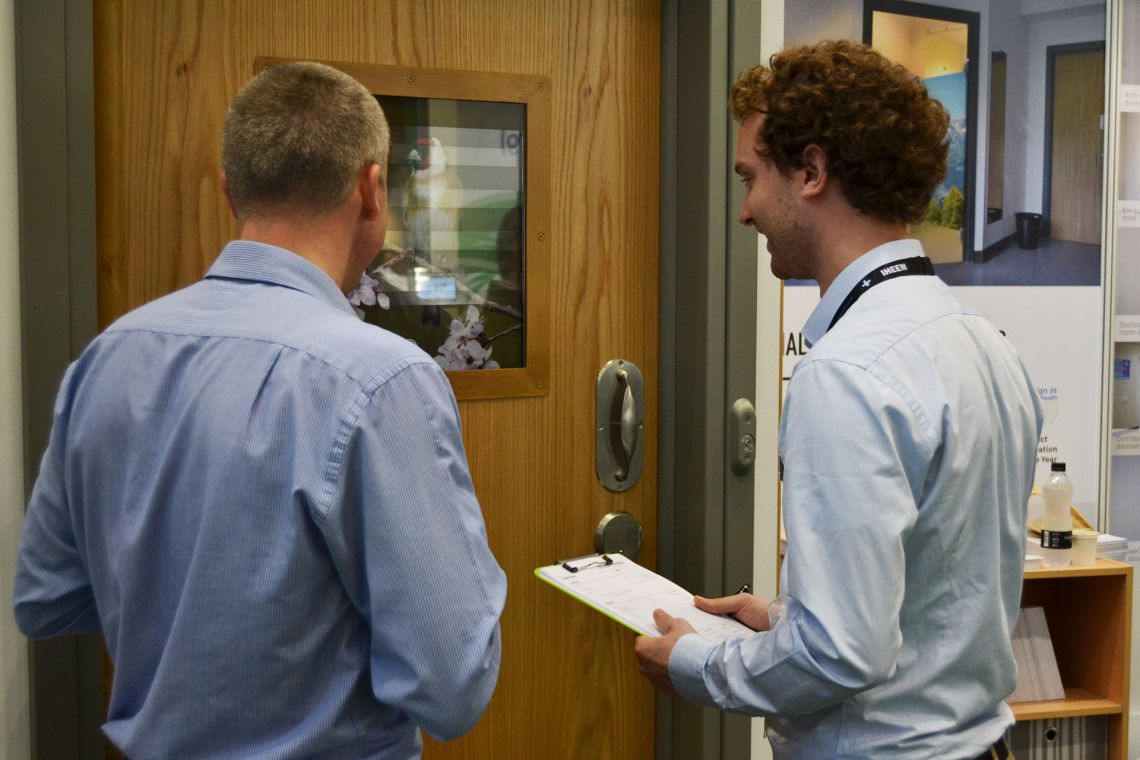
Phase 2: Analyse and develop
After our initial research with you, we consider which aspects of the design are critical. We often discover a range of conflicting consumer requirements during this phase and want to ensure we fulfil all of your needs as much as possible.
So spending time with you allows us to uncover the specific requirements of each user group.
For example, when we designed our award-winning en-suite door, we spent time with clinicians, ward managers, safety officers, estates, and capital teams. We realised that it had to balance safety and durability with day-to-day practicality to enable it to meet all of your needs.
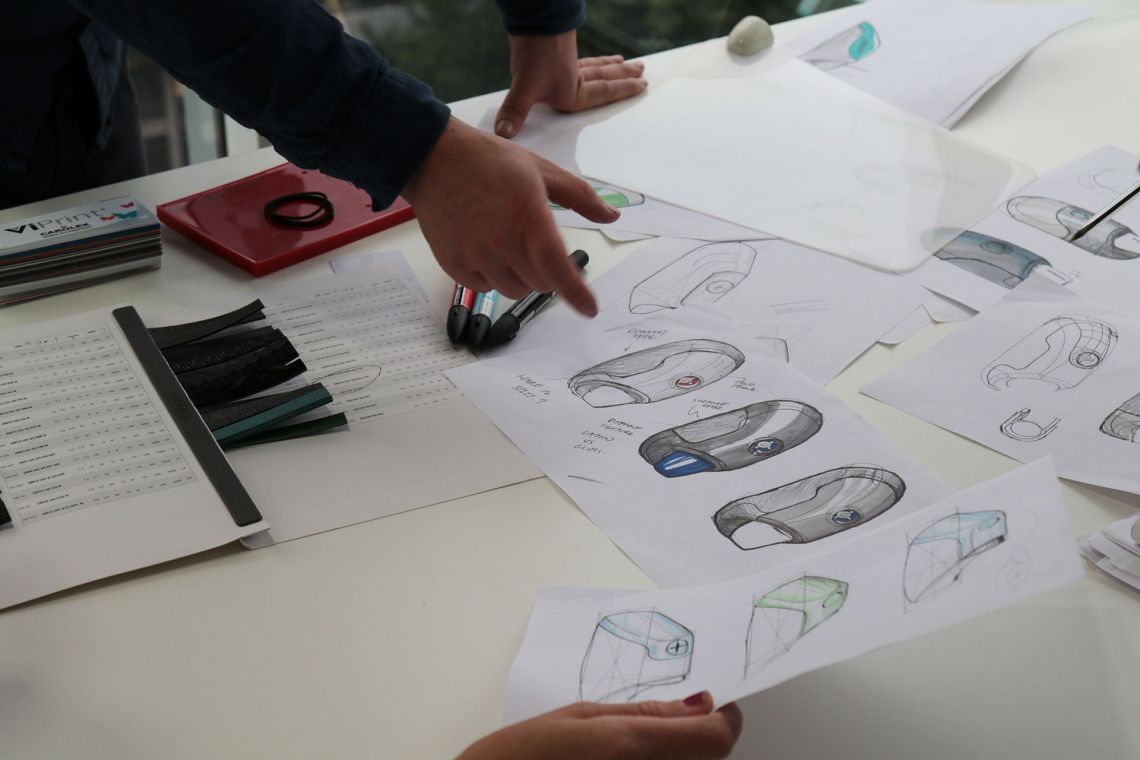
Phase 3: Prototype and test
Following a methodical prototyping process, we test various concepts in-house. Experimenting with dozens of material types, release mechanisms and hinging details, we meticulously analyse each and make improvements, sharing our findings with you each step of the way.
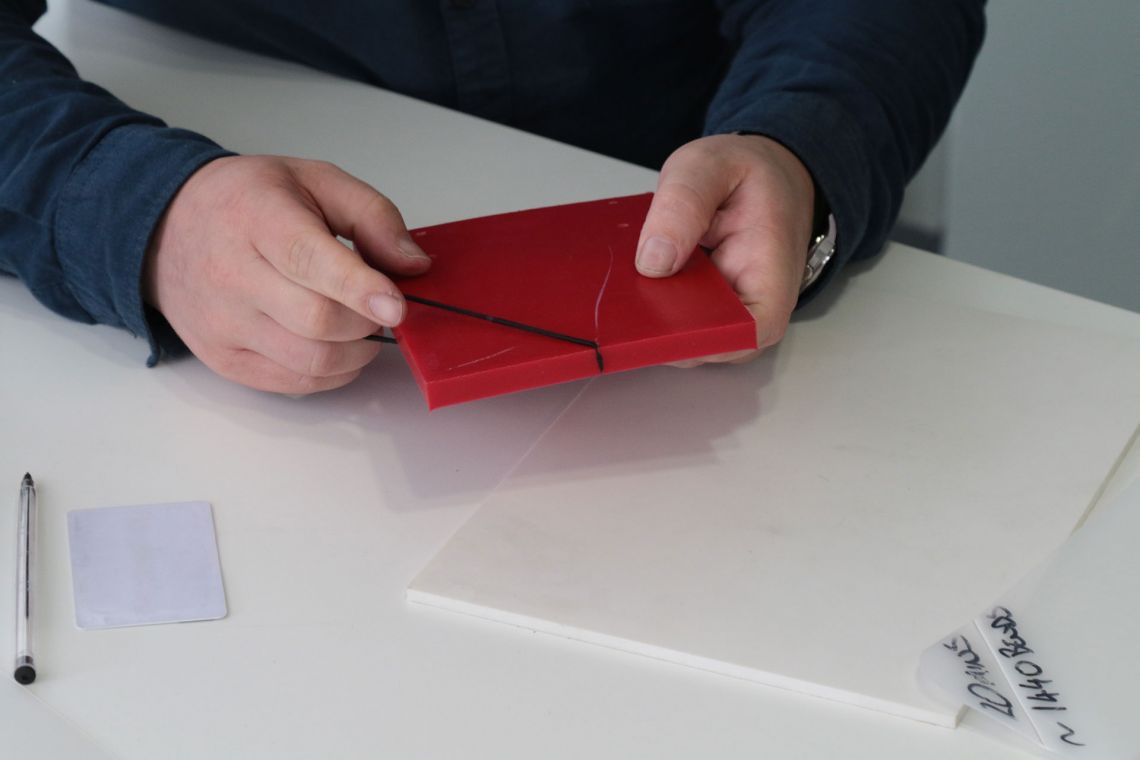
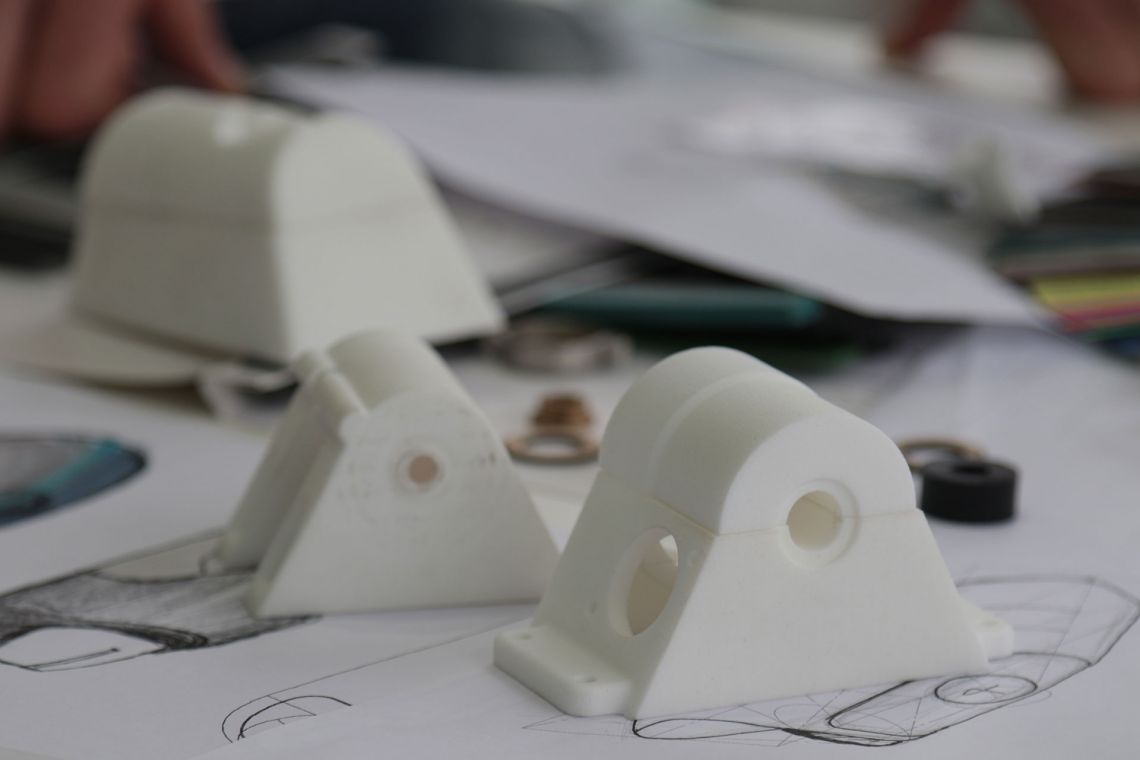
Product testing
Each of our prototypes is then tested, using various methods in line with current guidance and real-life scenarios specific to the product.
For Mental Health environments, where products can be subject to determined abuse, we carry out the strictest mechanical and abuse tests. And after that, test them again and again.
We also adopt a range of weaponisation and ligature tests, using various materials for accounting for the impact of friction on ligatures.
Unlike current industry guidance that focuses on two or three tests, each of our bedroom doors undergoes 12 rigorous mechanical and abuse assessments and strict fire tests.
And each time we carry out a significant prototype test, we share it with you and make any relevant changes based on your feedback. This feedback-loop approach continues until we are all completely satisfied with the products.
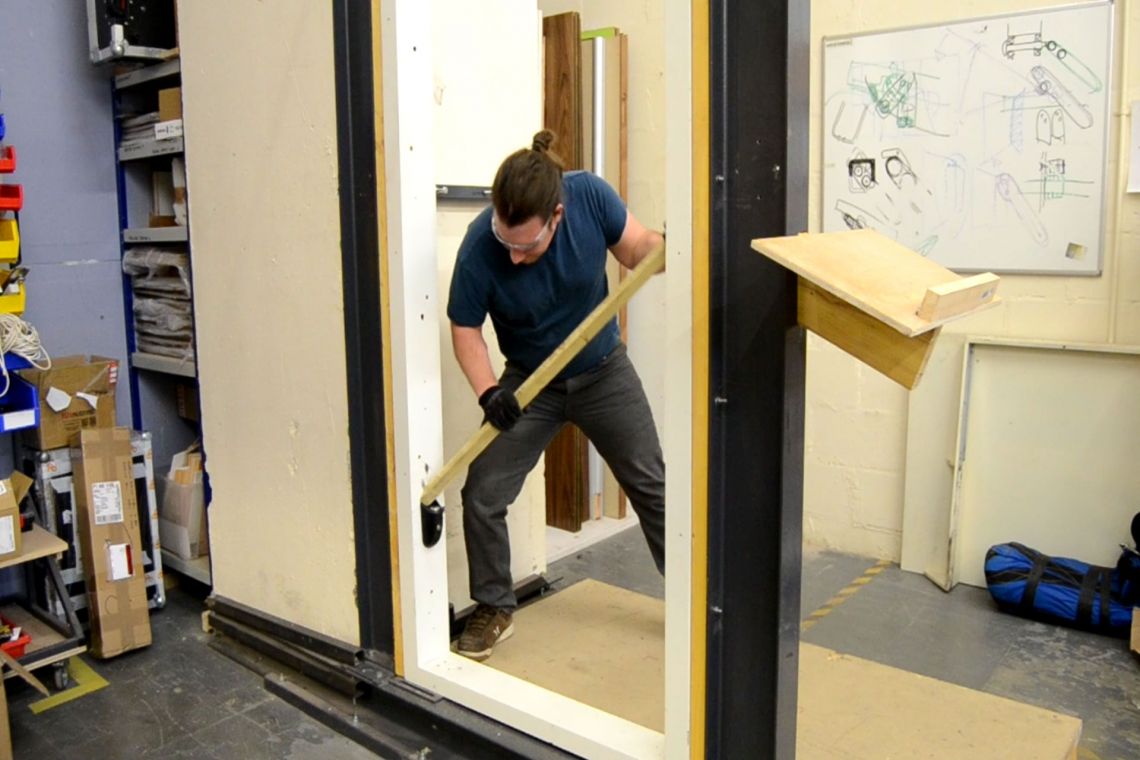
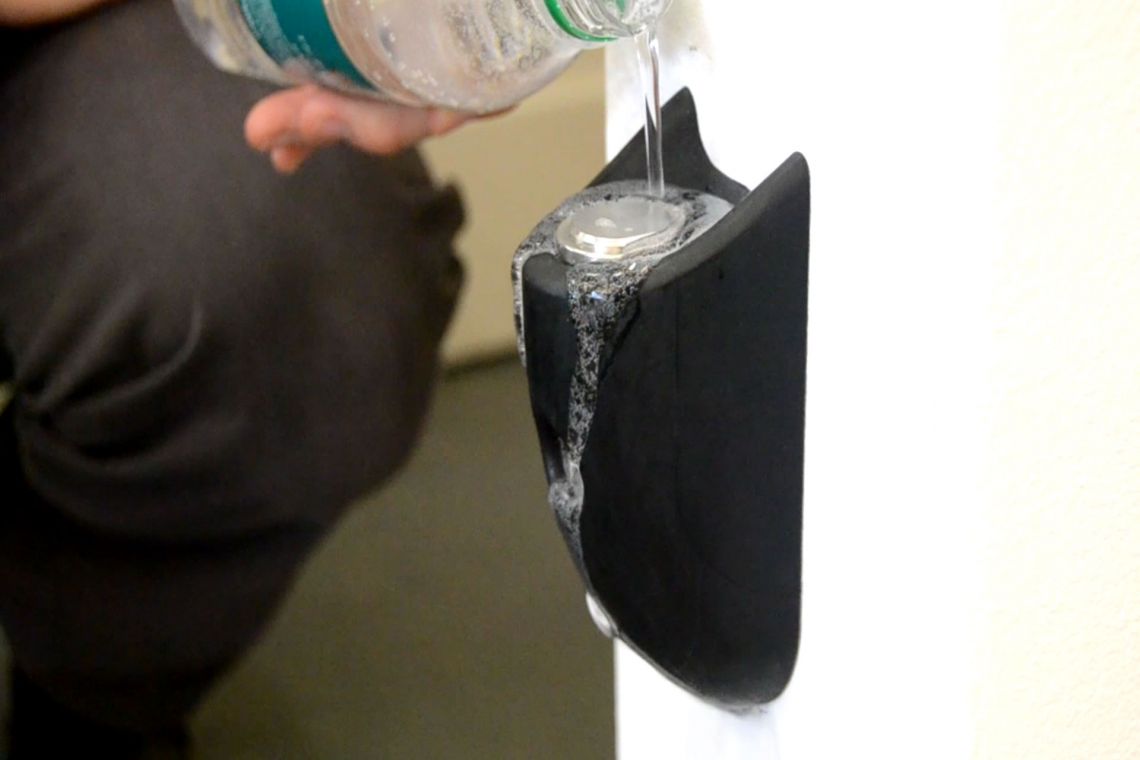
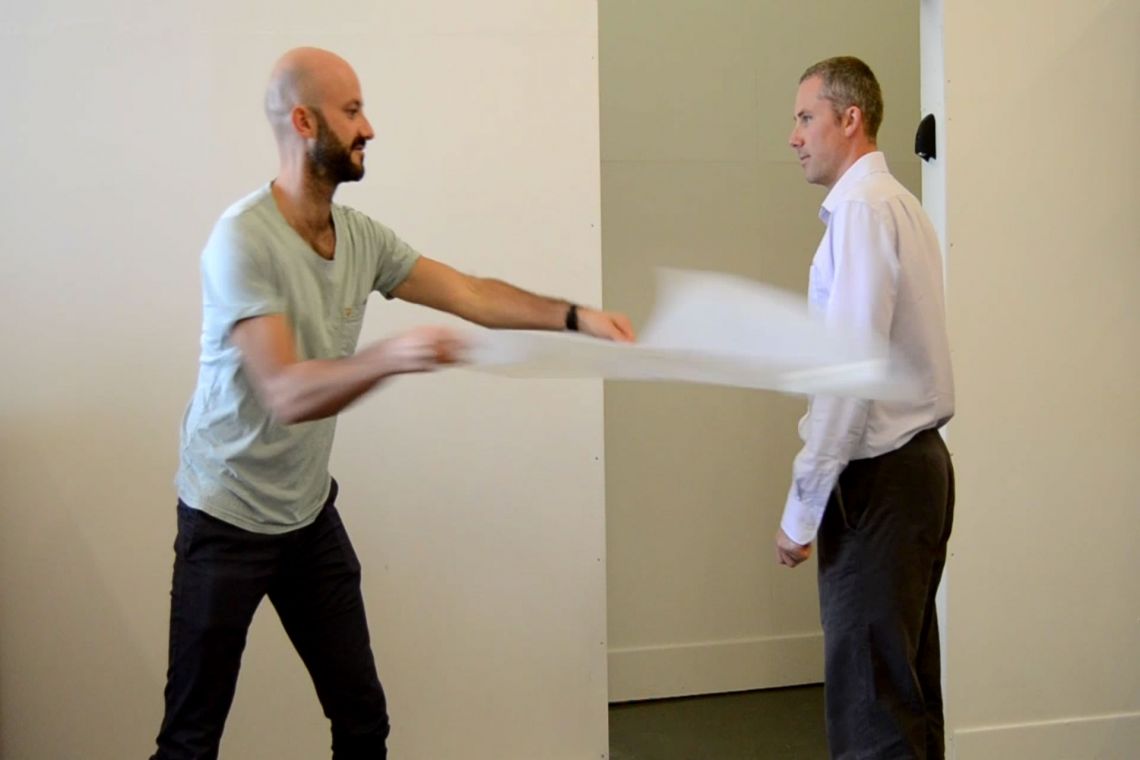
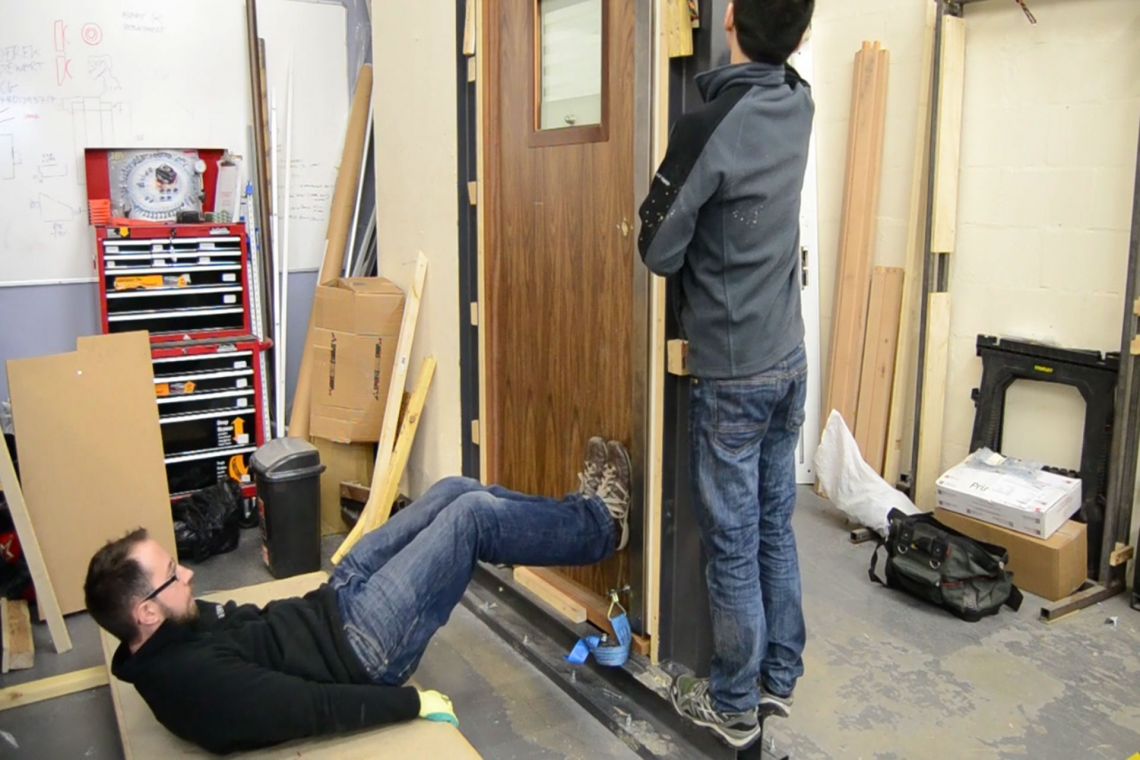
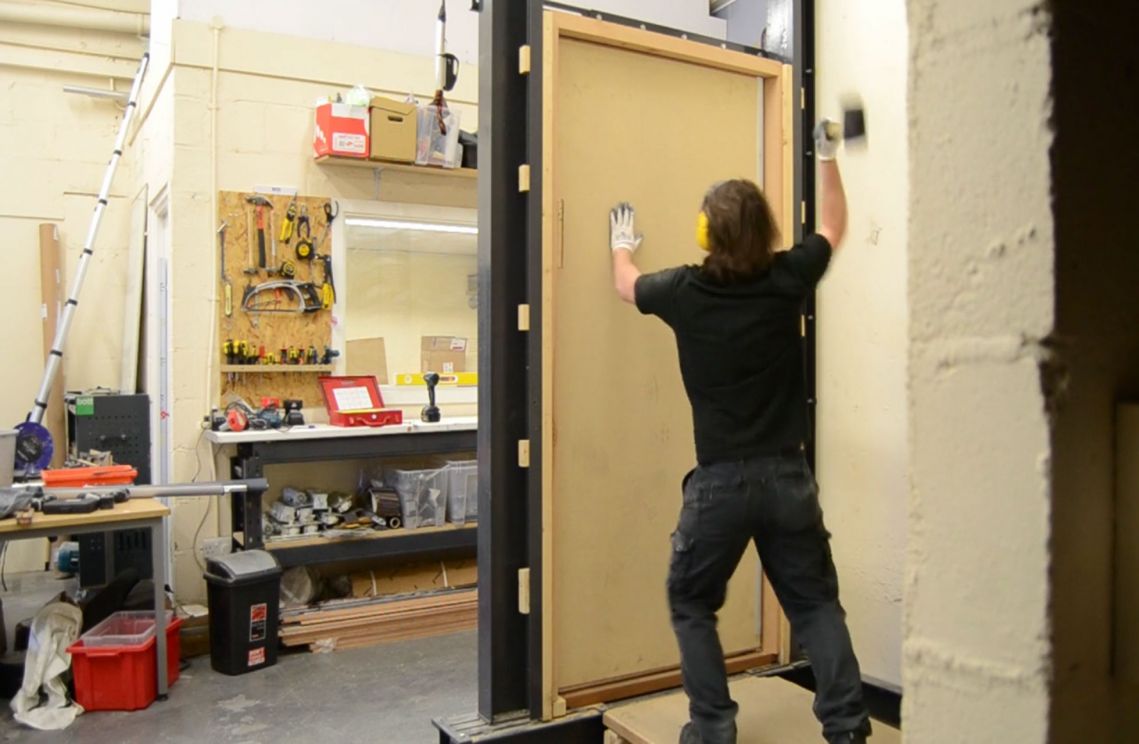
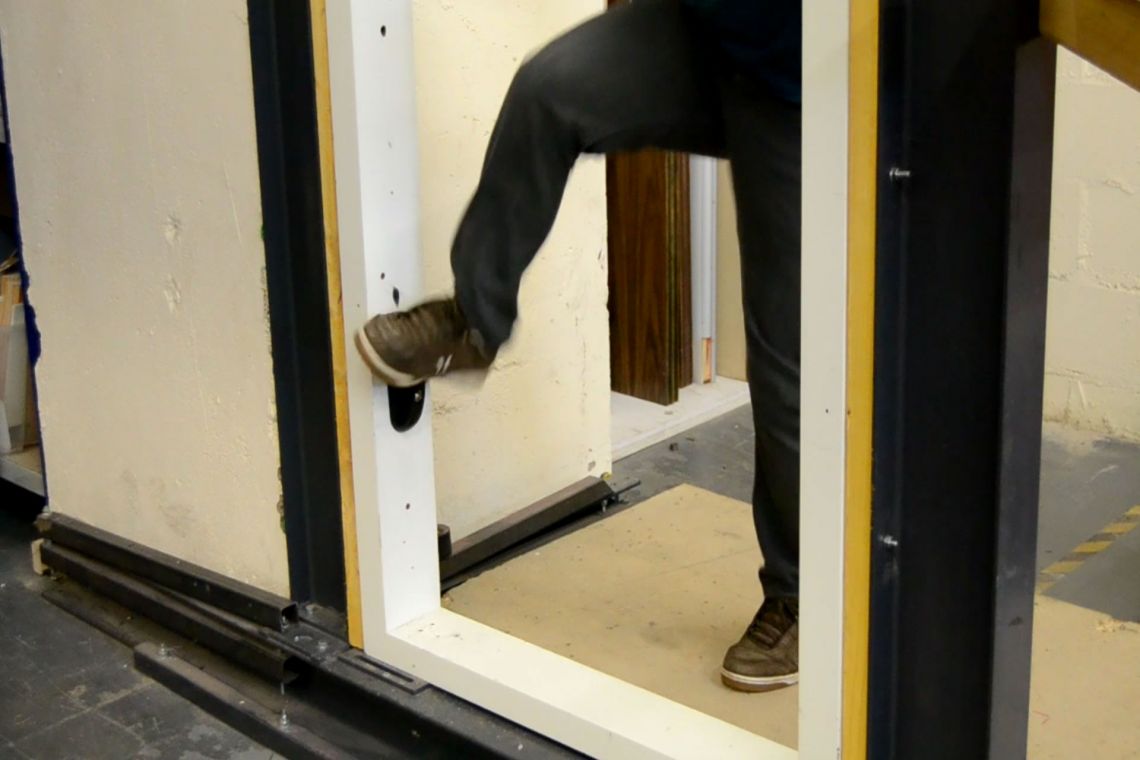
'Our own rigorous testing, as well as Safehinge's own test evidence, gave us complete confidence in the durability and usability of the product.'
- Sussex Partnership NHS Trust
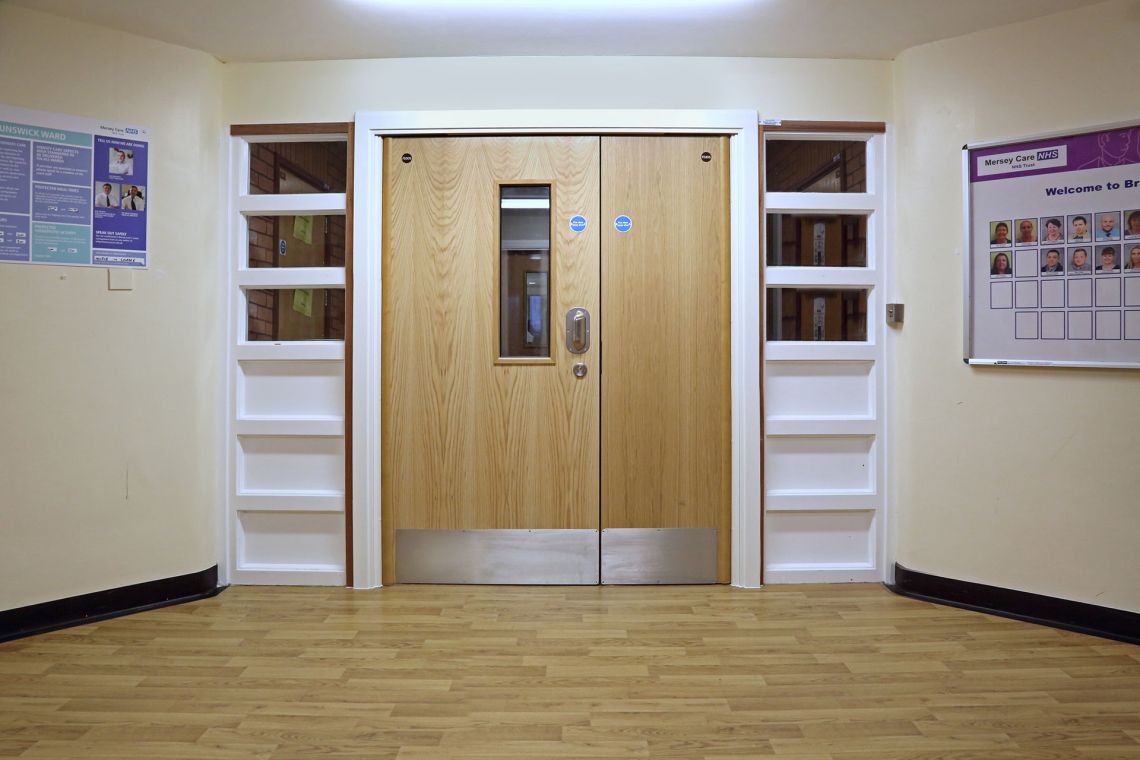
Phase 4: Design for the real world
We always consider how our products will be used in real life, not just in our design workshop. Because you're the ones using our products daily, we depend on your feedback to ensure our products are practical and meet your needs daily.
We understand that door upgrades in a live ward are challenging in the Mental Health sector, so we designed our rapid-install door frames. When the Brunswick Ward at Mersey Care NHS Trust was upgraded, the installation team removed and replaced the 40 one-and-a-half leaf door sets in just three and a half hours.
Phase 5: Soft launch
Once the final product has been thoroughly tested, we carry out our soft launch – where the product is trialled in a small number of live, controlled environments.
Where product failure could result in serious injury or worse, this soft launch is absolutely critical and we never launch products without completing it.
We communicate continuously with you during this soft launch to ensure the product works well in a real-life environment and allows you to focus on service user recovery. Your feedback at this stage helps us fine-tune our products before sending them through a final round of abuse testing.
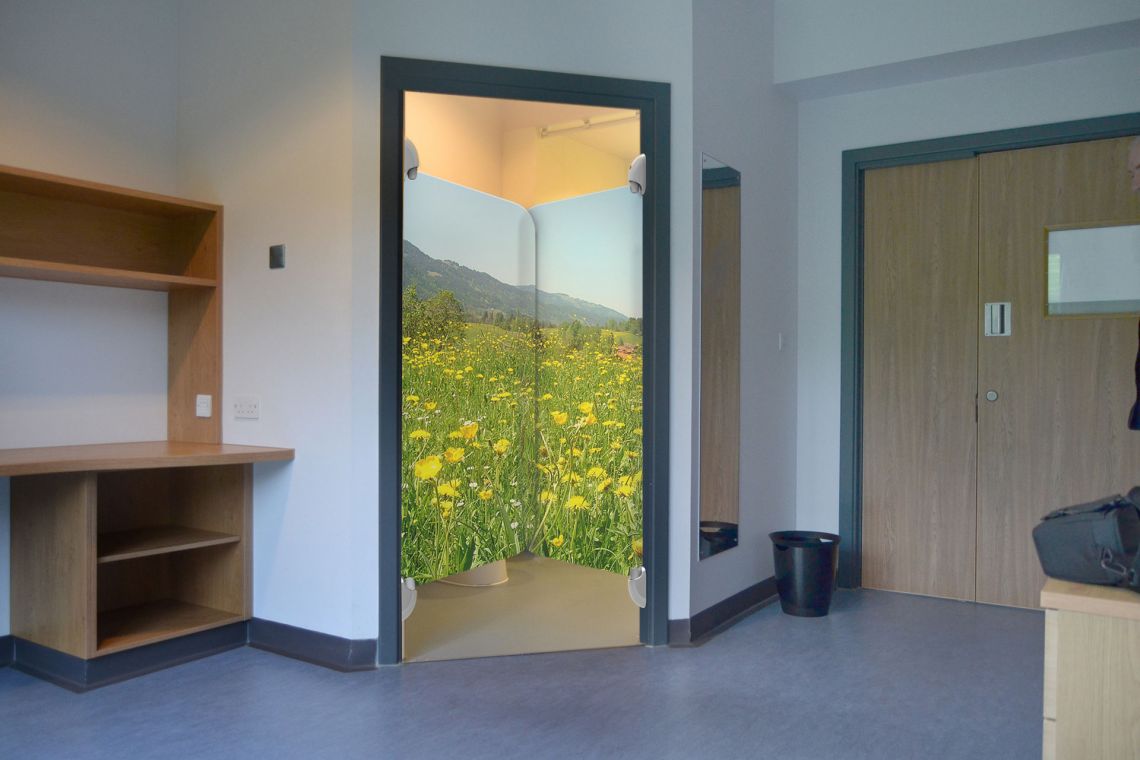
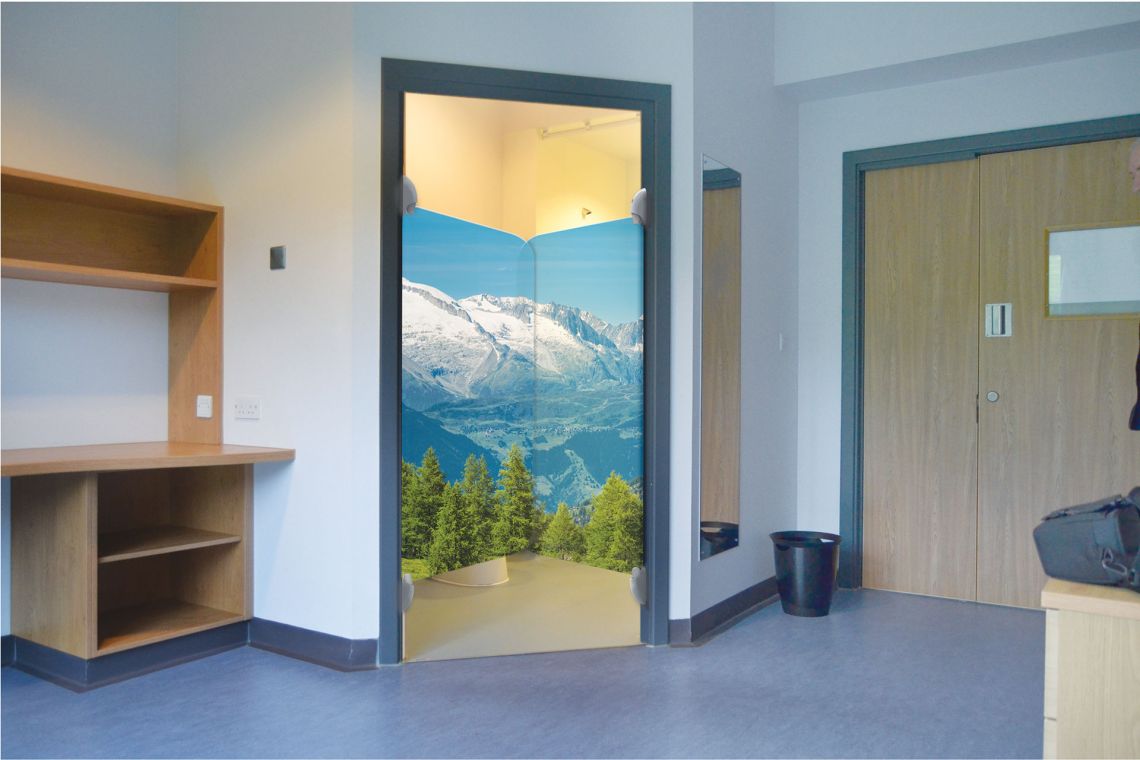
Phase 6: Launch
After completing this constant feedback loop with you, we are finally ready for our product to be launched in a live ward environment. This design process provides us with confidence that our product will not hinder the safety of service users.
However, our design process does not stop here.
We understand that you are always being presented with new challenges because of the nature of the industries we operate in. We want to make sure that we are developing products that meet your ever-evolving needs.
Having already launched our award-winning en-suite door, we are now looking into developing new features such as a lock-off function to restrict access to the en-suite when maintenance issues arise. If you would like to get involved in developing the lock-off design, please get in touch.






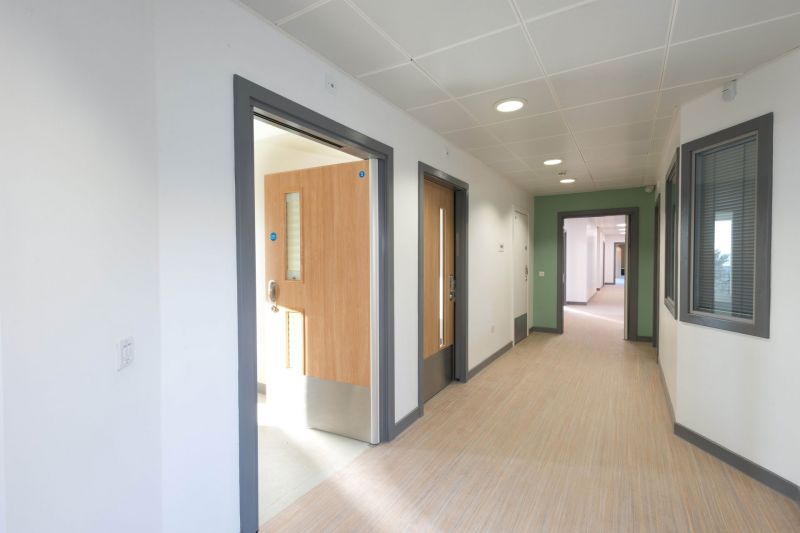
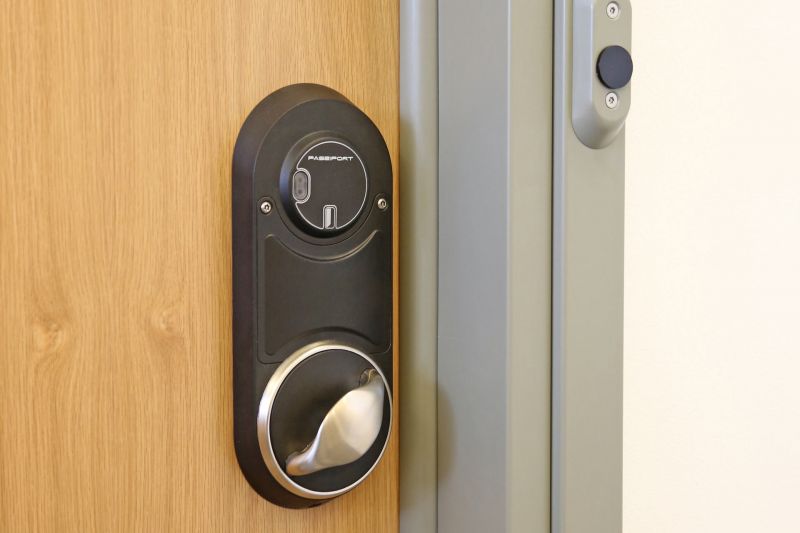
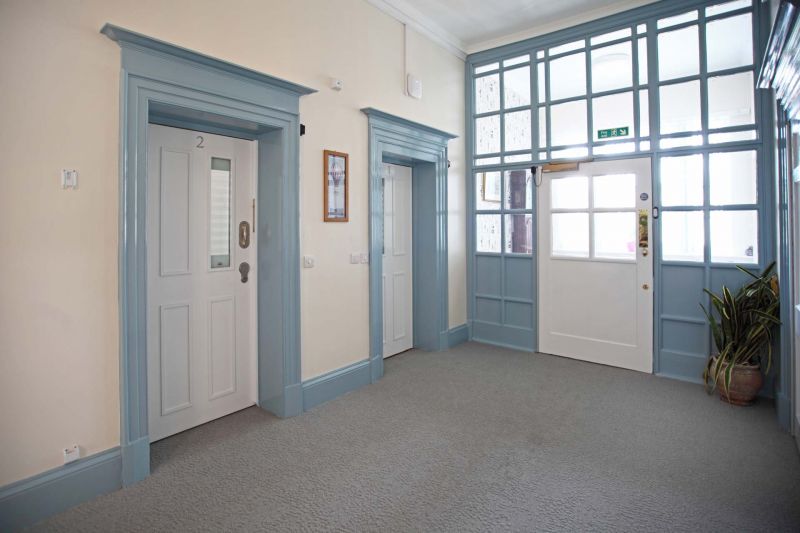
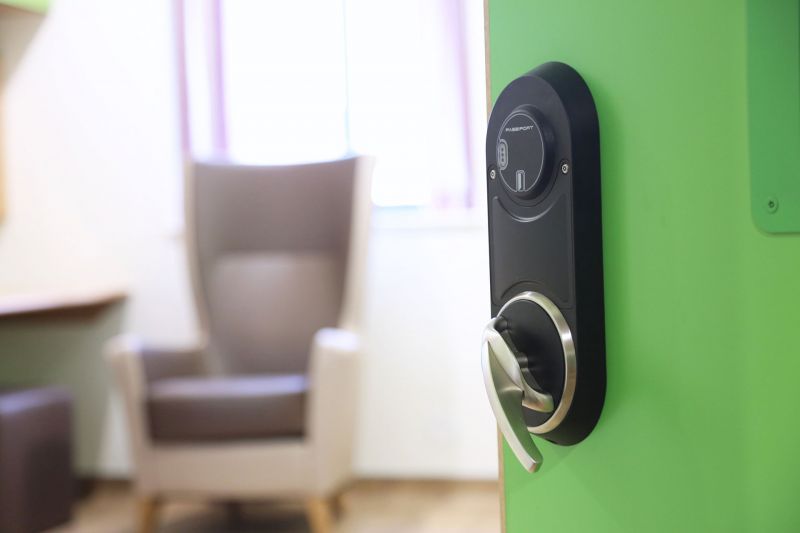
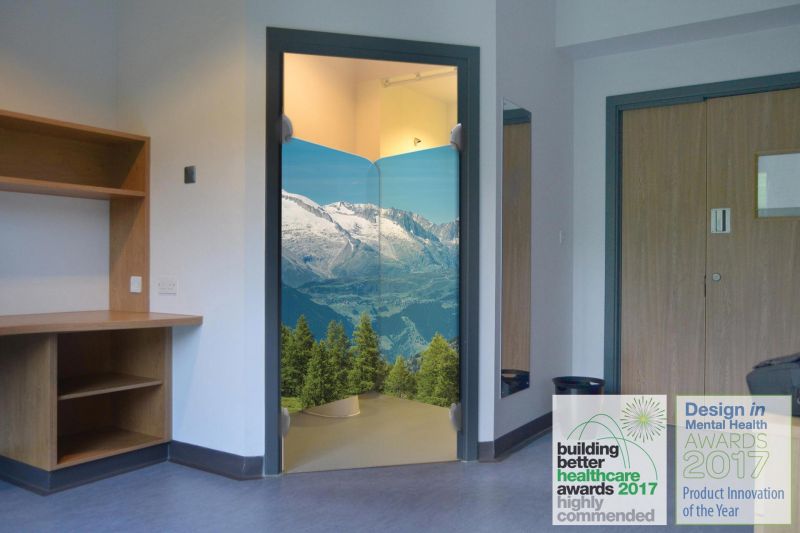
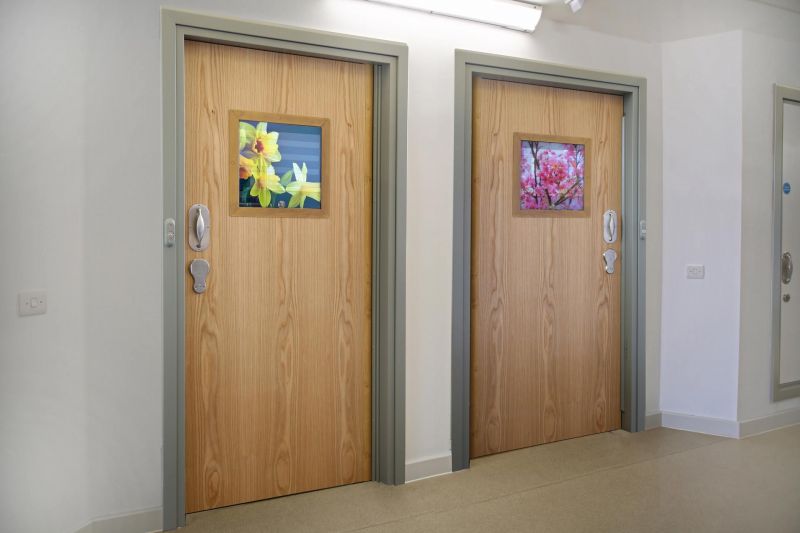






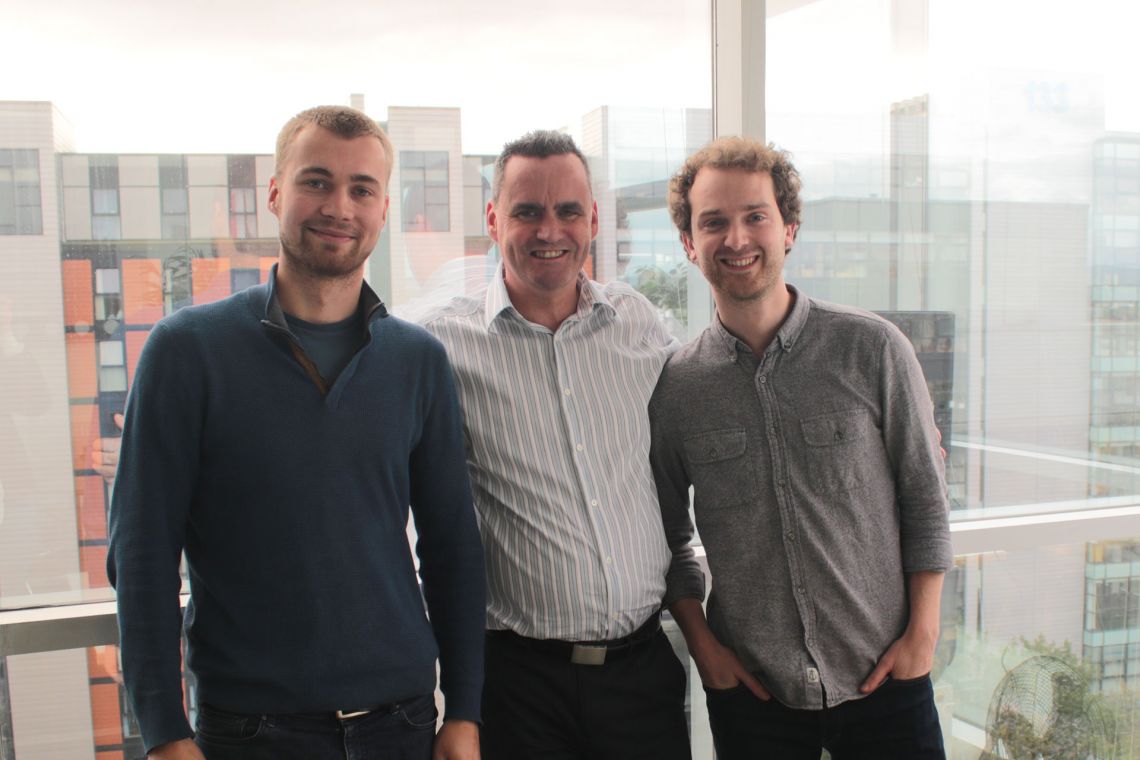
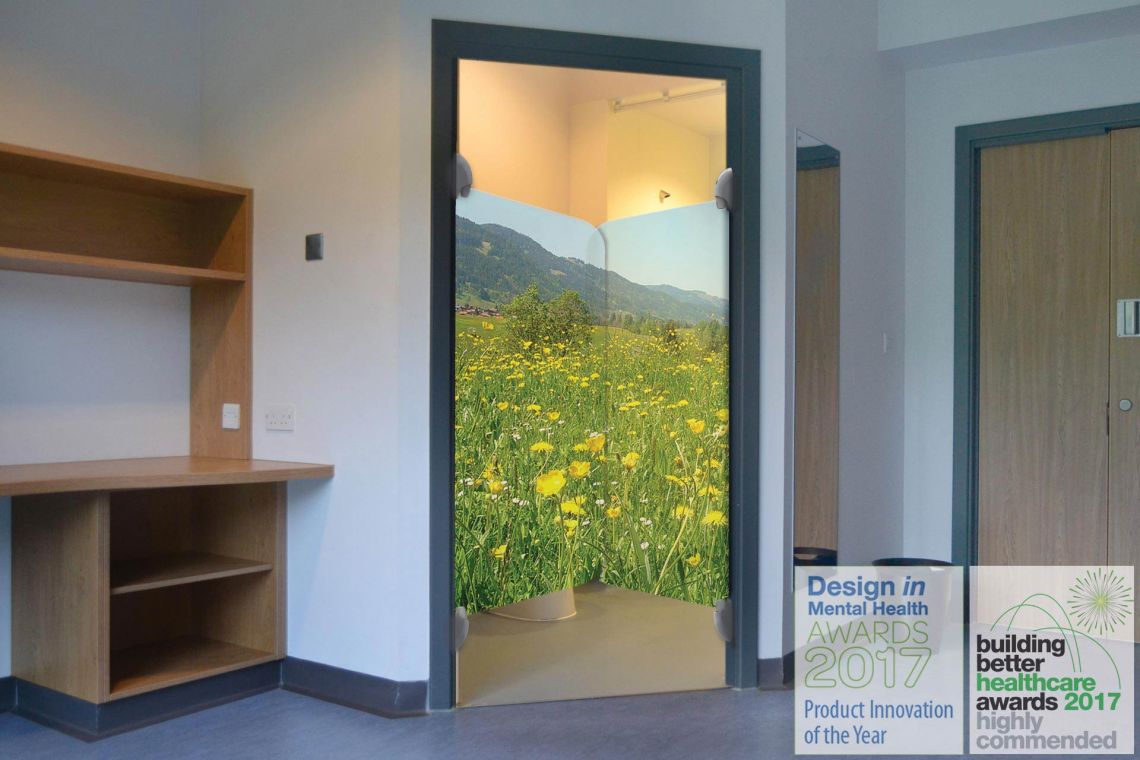
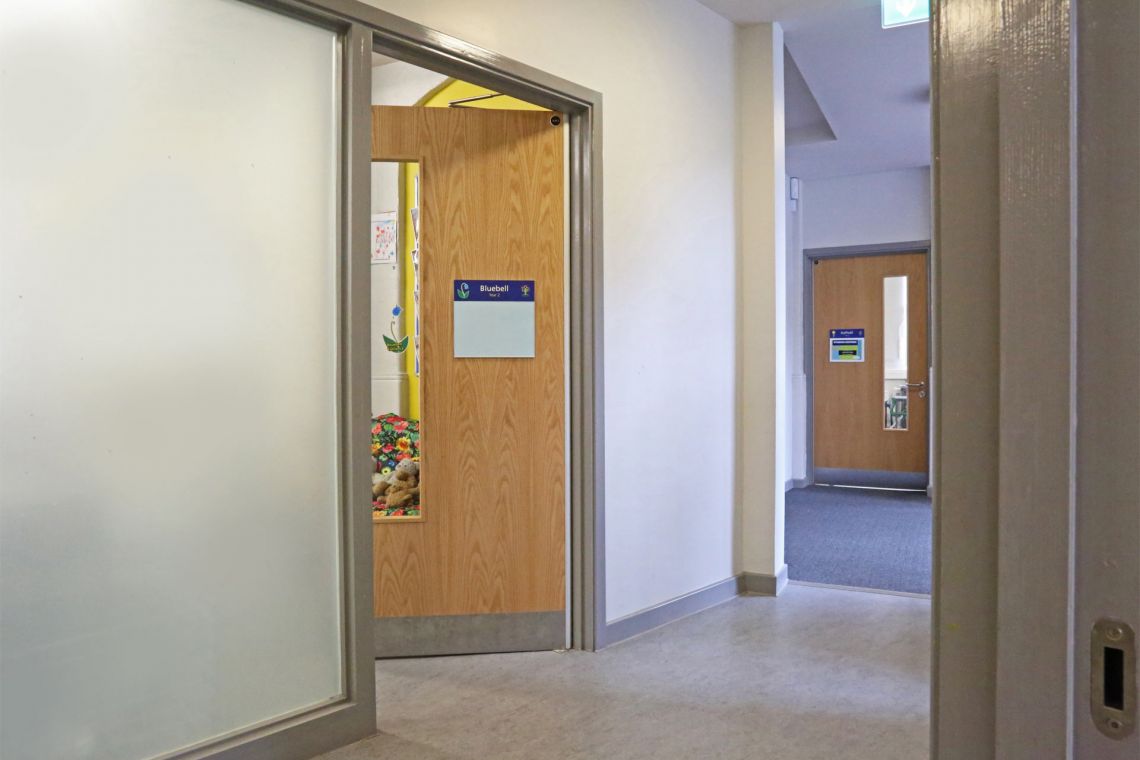
.jpg?width=1140&height=760&name=Worcesters-08%20(1).jpg)
